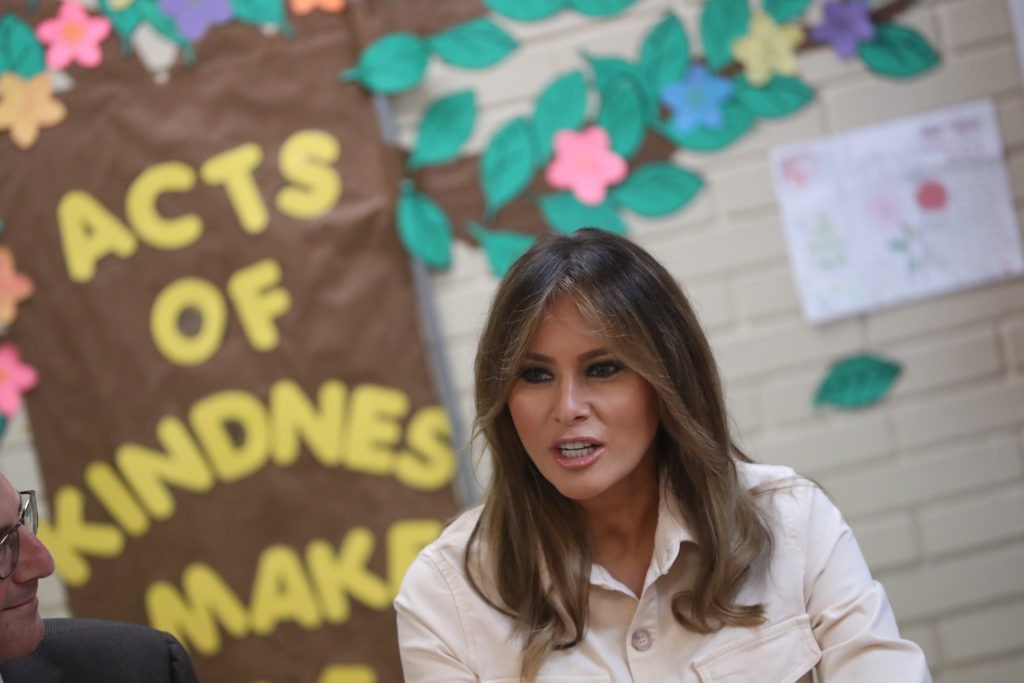Starbucks really opened the eyes of Wall Street investors Tuesday, and it wasn’t because of one of the company’s caffeinated drinks.
In a quarterly guidance call with investors, Starbucks CEO Kevin Johnson said his company expects same-store sales to rise just 1 percent globally for the current quarter. That’s not only the worst quarterly growth for the company in almost nine years, it was far short of the 3 percent growth analysts were expecting.
Hence, the company’s stock took a hit Wednesday, falling more than 9 percent, the worst single-day drop in nearly a year.
Starbucks closes about 50 stores a year on an annual basis, so closing 150 is a significant increase. And although the company hasn’t said which specific stores it will shutter, most of the affected stores will be in major metro areas “where increases in wage and occupancy and other regulatory requirements” are making them unprofitable, Johnson said.
That’s corporate-speak for regulated increases in minimum wages and other government regulations.
TRENDING: Trump: I’m Cutting All Aid to Countries Abusing America’s Immigration System [Video]
Where does Starbucks see growth opportunities? Not so much in urban areas, Johnson said, where there’s seemingly a store on every corner.
“Now, in a lot of ways, it’s middle America and the South that presents an opportunity,” he told analysts.
From a strictly business perspective, it’s easy to see why a company like Starbucks is seeing its growth stall.
The success of Starbucks has fueled a growth in the premium coffee business, and some of those companies who are competing with Starbucks are taking away some of its market share. McDonald’s, for instance, has had great success with its line of “McCafe” drinks, which are priced lower than Starbucks.
Are you a regular customer of Starbucks?
And eventually, when there are so many places to buy Starbucks, each new location begins to take business away from another. The Subway chain of sandwich shops reached a similar saturation point, with 500 stores closing this year.
But the company has had some self-inflicted wounds as well. Last month, Starbucks closed about 8,000 cafes so its employees could undergo racial-bias training. Outgoing chairman Howard Schultz had said last month the training would cost Starbucks “tens of millions” of dollars. Johnson wouldn’t blame the closures for this quarter’s terrible growth forecast, but he did suggest it contributed to the decline.
The company also announced last month it was changing its policy that only allowed paying customers to use its restrooms. In fact, customers weren’t required to make a purchase at all if they wanted to just hang around the store for hours on end, as long as they weren’t being disruptive.
That policy sounds wonderful in a press release, but the reality is in some urban locations, opening your stores to non-paying customers is basically converting them to homeless shelters. As a story in the Wall Street Journal noted, “A former Starbucks facilities manager who oversaw several urban stores on the East Coast said those cafes had special kits on hand with rubber gloves, tongs and a box that store employees could use to dispose of needles, adding that employees often found small drops of blood splattered across the toilet and walls.”
How inviting does that sound for attracting new customers?
And as conservative commentator Erick Erickson points out at The Resurgent, the beginning of a noticeable slowdown in Starbucks’ same-store sales lines up with something else.
“In March of 2015, Starbucks launched its ‘Race Together’ program where its billionaire white liberal CEO decided its employees would talk about race in America and try to bring unity over an overpriced crap tasting latte,” Erickson notes. “It has been downhill ever since for Starbucks.”
As much as Starbucks tries to march in step with progressives, it’s still a company that must answer to its shareholders. And shareholders don’t like seeing the kind of results Starbucks has posted over the past three years.
That’s why policies like a $15-an-hour minimum wage and offering free bathrooms for the homeless or other drug users may win over followers of Bernie Sanders, but it doesn’t bode well for a company’s balance sheet.
As Jeffrey Bartash pointed out at MarketWatch.com, it doesn’t matter how progressive Starbucks wants to be, it isn’t protected from the high costs resulting from open bathrooms or government mandates like higher minimum wages, paid-family leave requirements and other costly commercial regulations found in Democrat-led cities like Seattle, New York, Chicago and others.
“All of those steps taken individually may be laudable, but collectively they add to the costs of running a coffee shop or a restaurant,” Bartash said. “And in the fiercely competitive restaurant business in which thin profit margins are the norm, it can mean the difference between success and failure — failure that costs jobs.”
To help reverse its declining sales, Starbucks says it will develop more healthy drinks, like low-sugar iced tea, in an effort to appeal to its “increasingly health-conscious customer base.”
If it wants to truly reverse its sales, however, it may have to realize that growing a customer base and getting in front of every cause promoted by progressives don’t always go hand in hand.












Comments
As a privately owned web site, we reserve the right to edit or remove comments that contain spam, advertising, vulgarity, threats of violence, racism, anti-Semitism, or personal/abusive attacks on other users. The same applies to trolling, the use of multiple aliases, or just generally being a jerk. Enforcement of this policy is at the sole discretion of the site administrators and repeat offenders may be blocked or permanently banned without warning. Guest posting is disabled for security reasons.